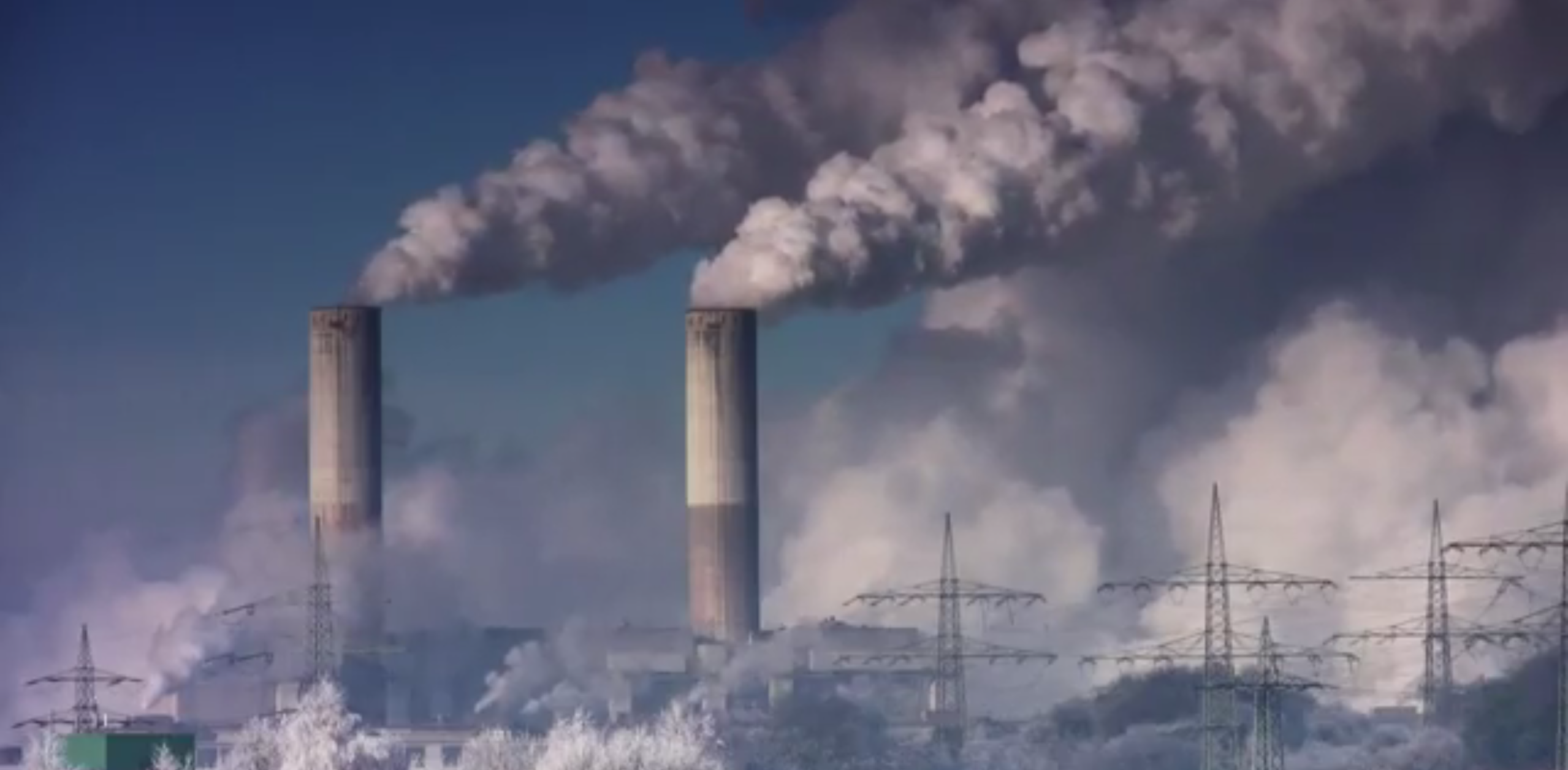WASHINGTON – The Environmental Protection Agency is trying to finalize its new Clean Power Plan this summer, but some congressional critics question whether what they see as a costly regulation will be all pain and no gain.
“Everything will cost more – from electricity to gasoline to food,” said Lamar Smith, Chairman of House Science, Space and Technology Committee. “Even if EPA data show that this regulation will reduce sea level rise by only 1/100 of an inch, the thickness of three sheets of paper, this rule represents massive cost without significant benefits.”
The Clean Power Plan will include first ever carbon pollution standards, requiring coal-fired power plants to reduce carbon emissions by 30 percent by 2030. While the energy industry argues it’s too soon and too expensive to replace all coal-fired plants in line with the regulation, EPA Administrator Gina McCarthy said the plan will provide significant flexibility to make sure utility rates are affordable for low-income families.
“I don’t think we’ll see many more coal-fired power plants in the future anyway,” said Robert Glicksman, an environmental law professor at George Washington University. “That’s because the price of natural gas has been reduced significantly as a result of hydro fracking and similar technologies. So coal as a source of energy is simply not competitive any more. ”
Glicksman, in an interview, said a good way to deal with existing coal plants is to build an emission trading system, where the plants that reduce emissions more than the government requires can sell credits to those plants that can not regulate emissions efficiently. Such a system is sometimes called “cap and trade.
McCarthy said the EPA is looking over 4.3 million comments coming in from interested parties on the Clean Power Plan proposal. The agency will make some changes to address various issues before finalizing the plan, she said.


